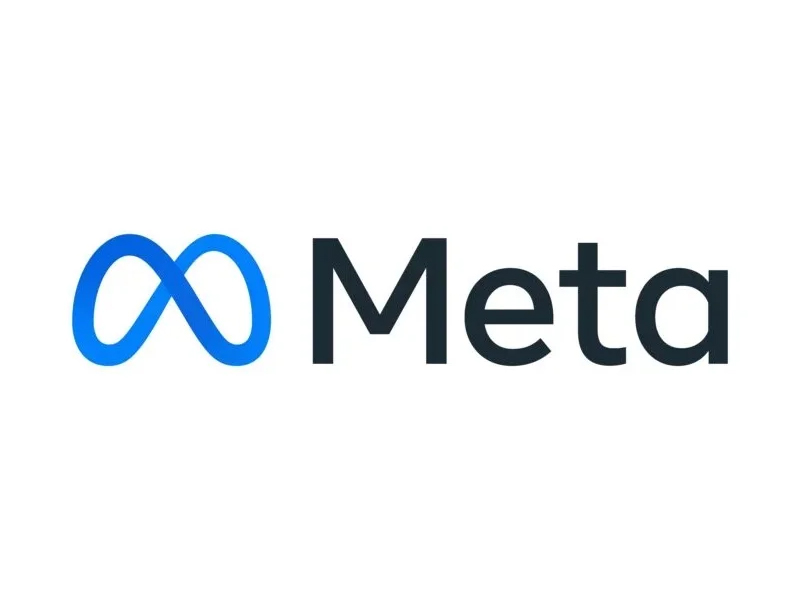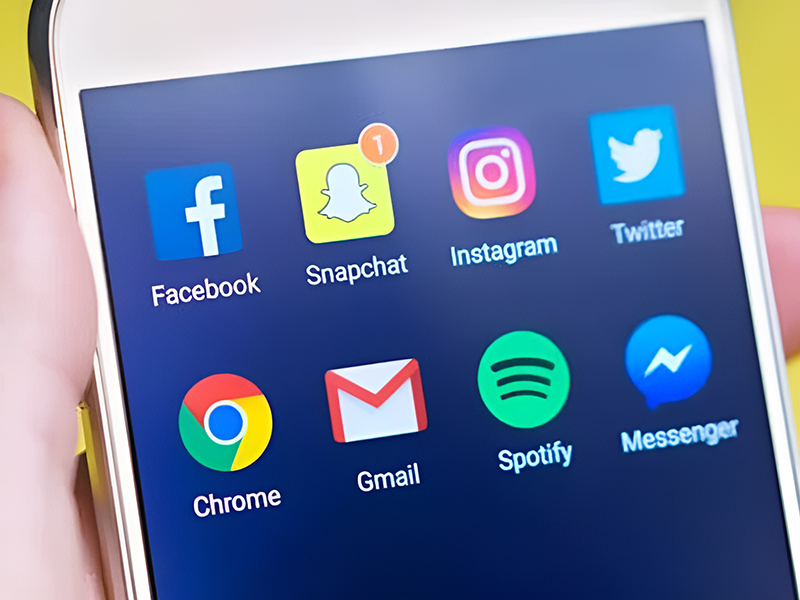Chrome 9 goes stable with WebGL and Chrome Instant
OpenSource
 Google’s development efforts on Chrome have been moving forward at an impressive pace. The company is iterating very quickly on new features and stabilizing them as they trickle down through the various release channels. The most noteworthy new features introduced in the stable release of Chrome 9 are support for WebGL and Chrome Instant.
WebGL is a relatively new standard that emerged in 2009 with the support of the Khronos group. It provides a set of JavaScript APIs that wrap the functionality of OpenGL ES, allowing developers to render 3D graphics in the Canvas element. Mozilla and Apple have also adopted the standard and have their own increasingly mature implementations. Google officially supports WebGL with hardware-accelerated rendering in Chrome 9. To take the feature for a spin, you can try out some of the WebGL demos at the Chrome Experiments website.
Another major feature in Chrome 9 is support for Chrome Instant, the browser equivalent of Google’s instant search innovation. As the user types a URL, the autocompletion mechanism will automatically load pages. This feature is integrated into the browser, but is not enabled by default. Users who want automatic loading will have to opt-in by toggling a preference in Chrome’s settings panel.
Users can download the latest version of Chrome from Google’s website. For more details about some of the bug fixes, you can refer to the release notes.
Google’s development efforts on Chrome have been moving forward at an impressive pace. The company is iterating very quickly on new features and stabilizing them as they trickle down through the various release channels. The most noteworthy new features introduced in the stable release of Chrome 9 are support for WebGL and Chrome Instant.
WebGL is a relatively new standard that emerged in 2009 with the support of the Khronos group. It provides a set of JavaScript APIs that wrap the functionality of OpenGL ES, allowing developers to render 3D graphics in the Canvas element. Mozilla and Apple have also adopted the standard and have their own increasingly mature implementations. Google officially supports WebGL with hardware-accelerated rendering in Chrome 9. To take the feature for a spin, you can try out some of the WebGL demos at the Chrome Experiments website.
Another major feature in Chrome 9 is support for Chrome Instant, the browser equivalent of Google’s instant search innovation. As the user types a URL, the autocompletion mechanism will automatically load pages. This feature is integrated into the browser, but is not enabled by default. Users who want automatic loading will have to opt-in by toggling a preference in Chrome’s settings panel.
Users can download the latest version of Chrome from Google’s website. For more details about some of the bug fixes, you can refer to the release notes. You Might Be Interested In:
Frequently Asked Questions?

01
Internet of Things
Tesla’s Robotaxi: A Driverless Future on the Autobahn (or Freeway)?
May 2, 2024

01
AI & ML
Meta Llama 3: Jack of All Trades, Master of None (But Still Free!)
May 1, 2024

01
Tech Gadgets
Don’t Trash Your Tech! Combating E-waste & Embracing Responsible Gadget Disposal
Apr 30, 2024

01
Cybersecurity
Beyond Likes and Followers: Exploring the Evolving Landscape of Social Media
Apr 28, 2024
SUSBSCRIBE TO OUR NEWSLETTER
Join our subscribers list to get the latest news and special offers.
Tesla’s Robotaxi: A Driverless Future on the Autobahn (or Freeway)?
Meta Llama 3: Jack of All Trades, Master of None (But Still Free!)
Don’t Trash Your Tech! Combating E-waste & Embracing Responsible Gadget Disposal
Mixed Signals: Decoding Intel’s Stock Slump Despite Earnings Beat